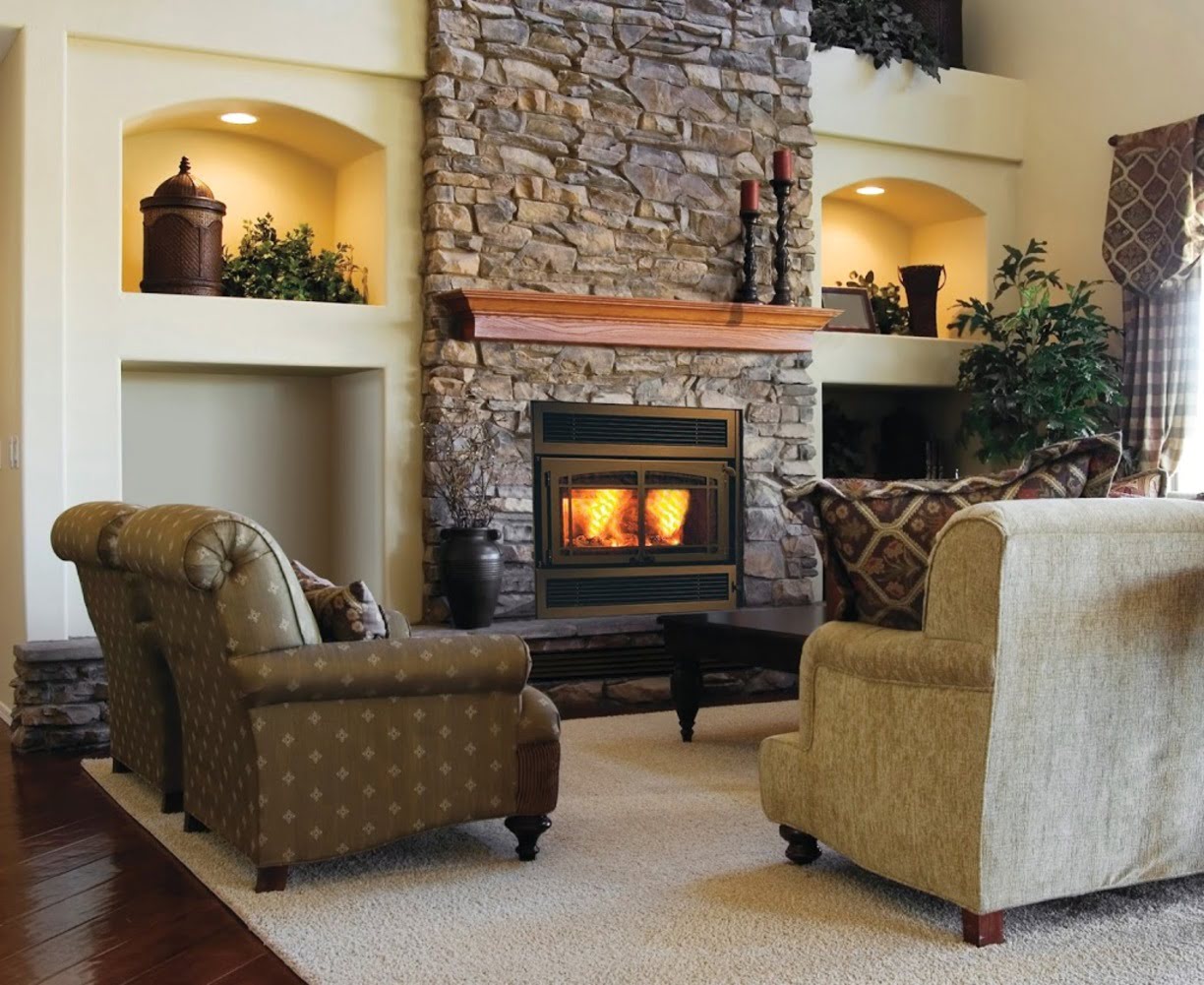

Articles
What Is Zero Clearance Fireplace
Modified: February 24, 2024
Discover the benefits and features of zero clearance fireplaces with our informative articles. Find out everything you need to know about these space-saving and efficient heating options.
(Many of the links in this article redirect to a specific reviewed product. Your purchase of these products through affiliate links helps to generate commission for Storables.com, at no extra cost. Learn more)
Introduction
Fireplaces have always been a symbol of warmth, comfort, and relaxation. They create a cozy ambiance and serve as a focal point in any living space. However, traditional fireplaces require extensive construction and may not be feasible for every home. That’s where zero clearance fireplaces come in.
A zero clearance fireplace, also known as a ZC fireplace, is a type of fireplace specifically designed to be installed in close proximity to combustible materials, such as walls and wood framing. Unlike traditional fireplaces, which require substantial clearance and complex construction, zero clearance fireplaces are designed for hassle-free installation and can be placed directly against combustible surfaces.
Zero clearance fireplaces offer numerous advantages over traditional fireplaces, making them a popular choice for homeowners. In this article, we will explore what zero clearance fireplaces are and why they are becoming increasingly popular.
With their versatility, ease of installation, and aesthetic appeal, zero clearance fireplaces are revolutionizing the way we enjoy the warmth and ambiance of a real fire. Whether you’re building a new home or looking to upgrade your existing fireplace, understanding the benefits of zero clearance fireplaces will help you make an informed decision.
Key Takeaways:
- Zero clearance fireplaces offer easy installation, versatility, and efficiency, making them a cost-effective and convenient alternative to traditional fireplaces for homeowners with limited space or design preferences.
- With a variety of fuel options, minimal maintenance, and lower initial costs, zero clearance fireplaces provide a modern and attractive solution for adding warmth and ambiance to any living space.
Read more: What Is A Zero Radius Sink
Definition of a Zero Clearance Fireplace
A zero clearance fireplace is a type of fireplace that is designed to be installed with minimal clearance between the fireplace itself and combustible materials, such as walls, floors, and ceilings. Unlike traditional masonry fireplaces, which require a substantial amount of space and construction, zero clearance fireplaces can be installed in almost any home, including those with limited space or without existing chimneys.
The name “zero clearance” refers to the fact that these fireplaces can be placed directly against combustible surfaces, thanks to their specialized construction and insulation. This is made possible by the use of non-combustible materials, such as fire-resistant bricks, ceramic insulation, and steel or cast iron components, which are designed to contain and redirect the heat generated by the fire.
Zero clearance fireplaces come in various sizes and styles, ranging from small, compact models suitable for apartments or small rooms, to large, majestic units that serve as the centerpiece of a living room or open-concept space. They can be fueled by wood, gas, or electricity, depending on the homeowner’s preferences and the available resources.
One of the key advantages of zero clearance fireplaces is their versatility in terms of installation. Unlike traditional fireplaces, which require extensive construction and ventilation systems, zero clearance fireplaces can be installed directly on top of combustible surfaces or even recessed into the wall. This flexibility allows homeowners to incorporate a fireplace into any room or space, regardless of its structural limitations.
Furthermore, zero clearance fireplaces typically include built-in air intake and exhaust systems, ensuring proper ventilation and combustion. This feature not only improves the efficiency and safety of the fireplace but also makes it easier to regulate the temperature and maintain a comfortable indoor environment.
Overall, the defining characteristic of a zero clearance fireplace is its ability to be installed with minimal clearance to combustible materials, making it a convenient and versatile option for homeowners who desire the warmth and ambiance of a fireplace without the limitations of traditional masonry construction.
Advantages of Zero Clearance Fireplaces
Zero clearance fireplaces offer a multitude of benefits that make them a popular choice among homeowners. From their versatility and ease of installation to their efficiency and aesthetic appeal, here are some of the advantages of zero clearance fireplaces:
- Versatility: One of the biggest advantages of zero clearance fireplaces is their versatility in terms of installation. Unlike traditional fireplaces, which require extensive construction and limited placement options, zero clearance fireplaces can be installed in various locations, including against combustible materials such as walls and wood framing. This allows homeowners to incorporate a fireplace into virtually any room or living space, even in places where a traditional fireplace might not be feasible.
- Ease of Installation: Zero clearance fireplaces are designed for easy installation. Unlike masonry fireplaces that require the expertise of a skilled mason and extensive construction work, zero clearance fireplaces can often be installed by a professional or even as a DIY project. They typically come as complete units that can be placed directly on a suitable foundation or even recessed into the wall. This streamlined installation process saves time, money, and effort compared to traditional fireplace installations.
- Efficiency: Zero clearance fireplaces are engineered for efficiency. They feature advanced insulation and design elements that maximize heat output and minimize heat loss. Specialized airflow systems ensure optimal combustion, resulting in more efficient burning and reduced energy consumption. Additionally, many zero clearance fireplaces offer adjustable heat settings, allowing homeowners to tailor the level of warmth to their preferences and create a comfortable living environment without wasting energy.
- Aesthetic Appeal: Zero clearance fireplaces are available in a wide range of styles, designs, and finishes, ensuring that there is a fireplace to suit every homeowner’s taste and décor. From sleek and modern models to traditional and rustic designs, these fireplaces can enhance the aesthetic appeal of any room. The mesmerizing flickering flames create a cozy and inviting atmosphere, making the fireplace a focal point and gathering spot for family and friends.
- Easy Maintenance: Zero clearance fireplaces require minimal maintenance compared to traditional fireplaces. Since they are constructed using high-quality, durable materials, they are less prone to wear and damage. Cleaning is typically straightforward, involving simple tasks such as ash removal and periodic chimney inspections. Additionally, many zero clearance fireplaces incorporate features such as removable glass doors and ash pans, making maintenance tasks more convenient and hassle-free.
With their versatility, ease of installation, efficiency, and aesthetic appeal, zero clearance fireplaces provide homeowners with a convenient and attractive option for adding the warmth and ambiance of a fireplace to their living spaces. Whether you have limited space, want to avoid extensive construction, or simply prefer the modern convenience of a zero clearance fireplace, these fireplaces offer a range of advantages that make them a popular choice among homeowners.
Types of Zero Clearance Fireplaces
Zero clearance fireplaces come in various types, each offering unique features and benefits. Here are some common types of zero clearance fireplaces:
- Wood-Burning Zero Clearance Fireplaces: These fireplaces are designed to burn wood as their fuel source, providing the authentic crackling sound and rustic ambience of a traditional wood-burning fireplace. Wood-burning zero clearance fireplaces often feature a large viewing area to showcase the mesmerizing flames and can provide ample heat output. They require regular maintenance, such as ash removal and chimney cleaning.
- Gas Zero Clearance Fireplaces: Gas zero clearance fireplaces offer the convenience and cleanliness of gas fuel. They can be fueled by natural gas or propane, providing instant heat at the flick of a switch or push of a button. Gas fireplaces offer precise temperature control, remote operation, and often include features such as ceramic logs or decorative stones to replicate the appearance of a real wood-burning fire. They are known for their high efficiency, clean burn, and minimal maintenance requirements.
- Electric Zero Clearance Fireplaces: Electric zero clearance fireplaces are the ultimate option for convenience and flexibility. These fireplaces are powered by electricity and offer the easiest installation process, as they do not require any venting. Electric fireplaces often come with realistic flame effects, adjustable heat settings, and the option to operate the flame effects without heat, allowing for a cozy atmosphere year-round. They are low maintenance, energy-efficient, and can be easily controlled using remote controls or touch panels.
- Combination Zero Clearance Fireplaces: Combination zero clearance fireplaces provide the best of both worlds by incorporating multiple fuel options. These fireplaces can be designed to burn wood, gas, or even pellet fuel, offering homeowners flexibility in choosing their preferred method of heating. Combination fireplaces often include features such as gas log starters, allowing for easy ignition of wood fires, and are designed to optimize efficiency for each type of fuel used.
- Custom Zero Clearance Fireplaces: For those seeking a personalized touch, custom zero clearance fireplaces can be tailored to fit specific design preferences and requirements. These fireplaces allow homeowners to choose different materials, finishes, sizes, and features to create a truly unique fireplace that complements their interior design. Custom zero clearance fireplaces offer endless possibilities and the ability to create a one-of-a-kind focal point in any living space.
Whether you prefer the traditional charm of a wood-burning fireplace, the convenience of gas fuel, the versatility of electric operation, or a combination of different fuel options, there is a type of zero clearance fireplace to suit your needs and preferences. Understanding the different types allows you to make an informed decision based on factors such as personal preference, desired heat output, maintenance requirements, and overall design goals.
Installation Process and Requirements
The installation process of a zero clearance fireplace may vary depending on the specific model and fuel type, but there are general steps and requirements to consider. Here is an overview of the installation process and the key requirements:
- Plan and Prepare: Before installing a zero clearance fireplace, it is crucial to carefully plan and prepare the installation site. Determine the desired location, ensuring there is sufficient space and proper ventilation. Clear the area of any combustible materials and ensure that the floor is sturdy and can support the weight of the fireplace.
- Check Local Building Codes: It is essential to familiarize yourself with the local building codes and regulations regarding fireplace installations. Some areas may have specific requirements for clearances, venting, and gas line installations. Obtain any necessary permits and ensure compliance with all applicable building codes to ensure the installation is safe and legal.
- Prepare the Foundation: If the fireplace is to be installed directly on the floor, prepare the foundation by leveling the surface and ensuring stability. Follow the manufacturer’s recommendations for the specific foundation requirements, as they may include non-combustible bases or hearths to ensure safety and proper performance.
- Construct the Enclosure: The next step is to construct the enclosure for the zero clearance fireplace. This may involve framing the walls and installing necessary insulation materials to protect combustible materials from heat. Ensure that the enclosure meets the manufacturer’s specifications for clearances and ventilation requirements.
- Install the Fireplace Unit: Carefully position the zero clearance fireplace unit in the prepared enclosure. Follow the manufacturer’s instructions for proper installation, ensuring that the unit is securely mounted and any necessary connections, such as gas lines or electrical wiring, are properly installed by a qualified professional.
- Ventilation and Exhaust: Proper ventilation is crucial for the safe operation of a zero clearance fireplace. Depending on the fuel type, you may need to install a venting system, such as a chimney or direct vent, to ensure the efficient removal of combustion byproducts from the home. Follow the manufacturer’s guidelines for the specific venting requirements and consult a professional if necessary.
- Finalize and Test: Once the installation is complete, review the installation for any potential hazards or issues. Conduct a thorough test of the fireplace to ensure proper operation and functionality. Check for any gas leaks, verify the ignition system, and test the controls and safety features of the fireplace.
It is important to note that the installation of a zero clearance fireplace should always be done by a qualified professional who is knowledgeable and experienced in fireplace installations. They will ensure that all safety measures and building codes are followed, and that the fireplace is installed correctly for optimal performance and longevity.
By adhering to the installation process and requirements, you can enjoy the benefits of a zero clearance fireplace while ensuring the safety and functionality of your home heating appliance.
When installing a zero clearance fireplace, make sure to follow the manufacturer’s guidelines for proper clearances to combustible materials to ensure safe and efficient operation.
Read more: What Is A Zero Gravity Recliner
Safety Considerations for Zero Clearance Fireplaces
While zero clearance fireplaces are designed with safety in mind, it is essential to follow certain guidelines and considerations to ensure their safe and proper operation. Here are some important safety considerations to keep in mind when using a zero clearance fireplace:
- Clearance Requirements: Although zero clearance fireplaces can be installed in close proximity to combustible materials, it is crucial to adhere to the manufacturer’s specified clearance requirements. These requirements ensure that there is sufficient space around the fireplace to prevent the risk of fire or damage to nearby objects. Maintain the recommended distances from walls, furniture, curtains, and other combustible materials to minimize the risk of accidents.
- Proper Ventilation: Adequate ventilation is critical for the safe operation of a zero clearance fireplace. Follow the manufacturer’s guidelines for the specific venting requirements, whether it involves a chimney, direct vent, or other ventilation system. Proper ventilation ensures that combustion byproducts, such as carbon monoxide, are safely vented out of the home. Regularly inspect and maintain the ventilation system to ensure its efficiency and functionality.
- Use the Correct Fuel Type: It is crucial to use the appropriate fuel type specified by the manufacturer for your zero clearance fireplace. Different models are designed to burn specific fuels, whether it be wood, gas, or electricity. Using the wrong type of fuel can lead to malfunctions, excessive heat, or even dangerous situations. Always follow the manufacturer’s recommendations and consult a professional if you have any doubts about fuel compatibility.
- Proper Installation and Maintenance: Ensure that the zero clearance fireplace is installed correctly by a qualified professional who follows the manufacturer’s instructions. Any mistakes in installation can compromise the safety and performance of the unit. Regular maintenance, such as chimney cleaning, fuel line inspections, and component checks, is crucial for safe operation. Follow the recommended maintenance schedules and guidelines provided by the manufacturer.
- Use Protective Barriers: Consider installing protective barriers, such as safety gates or screens, especially when there are children or pets in the household. These barriers help prevent accidental contact with the hot surfaces of the fireplace and minimize the risk of burns or injuries. It is important to educate everyone in the household about the potential hazards associated with the fireplace and to establish clear guidelines for its safe use.
- Use and Store Fuel Safely: If you have a wood-burning zero clearance fireplace, ensure that the wood you burn is properly seasoned and dry. Avoid burning treated or painted wood, which can release toxic fumes when burned. If you have a gas fireplace, follow proper procedures for connecting and disconnecting gas lines, and make sure to store gas cylinders or propane tanks outdoors in a well-ventilated area away from ignition sources.
- Install Smoke and Carbon Monoxide Detectors: For added safety, install smoke detectors and carbon monoxide detectors near your zero clearance fireplace. These detectors can provide early warnings of potential hazards, such as fire or the presence of dangerous gases. Regularly test the detectors and replace batteries as needed to ensure their proper functionality.
By following these safety considerations and guidelines, you can enjoy the warmth and beauty of a zero clearance fireplace while keeping your home and loved ones safe. Remember to prioritize safety and consult with professionals if you have any concerns or questions regarding the safe operation of your zero clearance fireplace.
Maintenance and Cleaning Tips
Regular maintenance and cleaning are essential to ensure the optimal performance and longevity of your zero clearance fireplace. By following these maintenance tips, you can keep your fireplace in excellent condition and maintain its safety and efficiency:
- Regular Chimney Inspections: If your zero clearance fireplace includes a chimney, it is important to schedule annual inspections by a qualified professional. A thorough inspection will identify any potential issues, such as creosote buildup, debris blockages, or damage to the chimney structure. Addressing these issues promptly will prevent safety hazards and maintain efficient fireplace operation.
- Clean the Glass Doors: Clean the glass doors regularly to remove any soot or residue buildup. Use a non-abrasive glass cleaner or a mixture of vinegar and water to clean the glass. Gently scrub the surface with a soft cloth or sponge, and wipe it dry to prevent streaks. Clean the glass doors when they are cool to avoid injury.
- Remove Ashes: Regularly remove ashes from the fireplace as they accumulate. Use a metal shovel or ash vacuum to safely extract the ashes. Allow the ashes to cool completely before disposal, and ensure they are placed in a metal container with a tight-fitting lid. Dispose of the ashes in accordance with local regulations.
- Clean the Firebox and Grate: Clean the firebox and grate periodically to remove built-up soot and debris. Use a stiff brush or fireplace shovel to scrape off any residue, and then use a vacuum or dustpan to remove the debris. Take care not to damage the firebrick or ceramic logs, if applicable.
- Inspect and Clean Vents: Check the vents and air intake areas regularly to ensure they are free from obstructions. Dust or debris accumulation can hinder proper airflow and affect fireplace performance. Use a soft brush or vacuum with a brush attachment to gently clean the vents.
- Inspect Gas Lines: If you have a gas zero clearance fireplace, have a professional inspect the gas lines and connections periodically to ensure they are in good working condition. Regular inspections help detect any leaks or issues that may compromise safety.
- Replace Filters and Gaskets: If your zero clearance fireplace has air filters or gaskets, inspect them regularly and replace them as needed. Clean or replace clogged or damaged filters to maintain optimal airflow and improve efficiency. Check and replace worn-out gaskets to ensure proper sealing and prevent heat loss.
- Check and Test Safety Features: Periodically check and test the safety features of your zero clearance fireplace, such as carbon monoxide detectors, smoke alarms, and temperature limits. Ensure that they are functioning correctly and replace batteries as needed.
It’s important to consult the manufacturer’s instructions for specific maintenance recommendations and follow them accordingly. If you have any concerns or questions about maintaining your zero clearance fireplace, don’t hesitate to reach out to a qualified professional for guidance.
By practicing proper maintenance and cleaning, you can maximize the lifespan of your zero clearance fireplace and enjoy its warmth and beauty for years to come.
Cost of Zero Clearance Fireplaces
The cost of a zero clearance fireplace can vary depending on various factors, including the type of fireplace, fuel type, size, features, and additional installation requirements. Understanding the different cost considerations will help you make an informed decision when shopping for a zero clearance fireplace. Here are some key factors to consider regarding the cost of zero clearance fireplaces:
- Type of Fireplace: The type of zero clearance fireplace you choose will impact the cost. Wood-burning fireplaces are generally less expensive than gas or electric options due to the lower upfront cost of the appliance itself. However, the cost of the fuel, such as firewood, should also be considered when comparing the long-term expenses.
- Fuel Type: The fuel type you opt for will impact the cost both in terms of the fuel itself (such as wood or gas) and any necessary installation requirements. Gas fireplaces may have higher upfront costs due to the need for gas line installation, while electric fireplaces tend to have lower installation costs since they do not require venting or fuel connections.
- Size and Features: The size and features of the zero clearance fireplace will also affect the cost. Larger fireplace units with more advanced features, such as adjustable heat settings, remote controls, and realistic flame effects, are generally more expensive. Customization options may also add to the overall cost, as they involve additional materials and labor.
- Installation Costs: In addition to the cost of the fireplace itself, it’s important to consider the installation costs. The complexity of the installation process, including any necessary venting or gas line connections, may require professional assistance, which will incur additional costs. It’s recommended to obtain quotes from reputable installers to determine the installation expenses.
- Maintenance and Operating Costs: While not directly related to the initial purchase price, it’s important to factor in the ongoing maintenance and operating costs of the zero clearance fireplace. Wood-burning fireplaces may require regular fuel purchases and chimney cleaning, while gas fireplaces may incur gas bill expenses. Electric fireplaces generally have lower operating costs since they use electricity as their fuel source.
- Additional Accessories and Upgrades: Optional accessories and upgrades, such as decorative trim, mantels, and surround options, can add to the overall cost of the zero clearance fireplace. Consider these additions if you want to enhance the aesthetics or functionality of the fireplace, but keep in mind that they will increase the total cost.
The cost of a zero clearance fireplace can range from a few hundred dollars for a basic, small-sized unit to several thousand dollars for a larger, more advanced model. Installation costs can also vary significantly based on the complexity of the installation and any specific requirements of your home. It’s essential to carefully assess your budget and compare different options to find a zero clearance fireplace that suits both your needs and financial constraints.
Additionally, consider the long-term energy efficiency and potential cost savings offered by different fuel types. While initial costs may differ, ongoing fuel and maintenance expenses can significantly impact your overall investment. It’s helpful to weigh the initial cost against the potential long-term savings to make an informed decision.
Ultimately, the cost of a zero clearance fireplace will depend on your specific requirements and preferences. Take the time to research different options, compare prices, and consult with professionals to ensure that you choose a high-quality fireplace that fits within your budget.
Comparison with Traditional Fireplaces
When considering a fireplace for your home, it’s important to compare the benefits and drawbacks of zero clearance fireplaces with traditional fireplaces. Understanding the differences between the two options will help you make an informed decision based on your specific needs and preferences. Here is a comparison of zero clearance fireplaces with traditional fireplaces:
- Installation: Traditional fireplaces require extensive construction and a dedicated masonry chimney. This can be costly and time-consuming, requiring professional expertise and permits. In contrast, zero clearance fireplaces are designed for easy installation and can be placed directly against combustible surfaces. They offer flexibility in terms of placement and require less construction work, making them more accessible for a wider range of homes and locations.
- Clearance Requirements: Traditional fireplaces have specific clearance requirements to ensure safety and prevent fire hazards. Combustible materials must maintain a safe distance from the fireplace, requiring adequate space and potentially modifying the room layout. Zero clearance fireplaces, as the name suggests, have minimal clearance requirements, allowing them to be placed much closer to combustible materials. This can be advantageous for those with limited space or those who prefer a more compact fireplace installation.
- Fuel and Venting: Traditional fireplaces are primarily wood-burning, with the need for a proper chimney or flue system to vent smoke and gases. This requires regular cleaning and maintenance to prevent creosote buildup and chimney fires. Zero clearance fireplaces offer more fuel options, including wood, gas, and electricity. Gas and electric models often require less maintenance and offer more control over heat output. Zero clearance fireplaces generally require less complex venting systems, making them more versatile and suitable for various installation scenarios.
- Efficiency: Traditional fireplaces are known for their charm and ambiance but are not very energy-efficient. They can lose a significant amount of heat up the chimney, making them inefficient as a primary heating source. Zero clearance fireplaces, on the other hand, are designed for efficiency and heating performance. They incorporate features like insulation, airflow systems, and adjustable temperature controls to optimize heat output. This can make them more effective at heating a space and potentially contribute to energy savings.
- Aesthetics: Traditional fireplaces have a timeless appeal and create a cozy, rustic ambiance with crackling logs and the distinct smell of burning wood. They often serve as focal points in a room, adding character and architectural charm. Zero clearance fireplaces offer a range of design options, from sleek and modern to traditional and rustic. While they may not offer the exact same experience as a traditional fireplace, they can still create a warm and inviting atmosphere with their realistic flame effects and customizable aesthetics.
- Cost: Traditional fireplace installations can be costly due to the extensive construction and chimney requirements. From materials, labor, and permits, the expenses can add up. Zero clearance fireplaces, while not necessarily inexpensive, generally have a lower initial cost since they require less construction work. The ongoing costs may also differ, with traditional fireplaces requiring frequent wood purchases and potential chimney maintenance, while zero clearance fireplaces may have lower maintenance and fuel costs depending on the chosen fuel type.
When deciding between a zero clearance fireplace and a traditional fireplace, it ultimately comes down to your specific needs and preferences. If you value ease of installation, flexibility in fuel options, and higher heating efficiency, a zero clearance fireplace may be the ideal choice. However, if you prioritize the charm and authenticity of a traditional wood-burning fireplace, and are willing to invest in the construction and maintenance requirements, a traditional fireplace may be more suitable for you.
Consider factors such as your lifestyle, budget, available space, and aesthetic preferences when weighing the pros and cons of each option. Consulting with fireplace professionals can also provide valuable insights and guidance to help you make the best decision for your home.
Read more: What Is A Zero Wall Recliner Mean
Conclusion
Zero clearance fireplaces offer a convenient and versatile solution for adding warmth, ambiance, and beauty to your home. With their easy installation, minimal clearance requirements, and a variety of fuel options, these fireplaces have become increasingly popular among homeowners.
From a practical standpoint, zero clearance fireplaces provide flexibility in terms of placement, making them accessible for homes with limited space or without existing chimneys. They are designed to be installed directly against combustible surfaces, allowing for more freedom in room layout and design.
Zero clearance fireplaces come in various types, including wood-burning, gas, electric, and combination models, each offering unique features and benefits to cater to different preferences and lifestyles. Whether you desire the traditional charm of a wood-burning fire, the convenience of gas or the versatility of electricity, there is a zero clearance fireplace to suit your needs.
In addition to their versatility, these fireplaces offer several advantages over traditional fireplaces. Zero clearance fireplaces are known for their efficiency, thanks to their advanced insulation and airflow systems. They provide precise control over heat output and often include features like adjustable temperature settings and remote controls for ease of use.
Maintenance of zero clearance fireplaces is generally simpler compared to traditional fireplaces. Regular cleaning of the glass doors, removal of ashes, and periodic chimney inspections are required to ensure safe and proper operation. Additionally, it is important to follow safety considerations and guidelines, such as proper clearance requirements, ventilation, and fuel storage practices, to prevent accidents and ensure the well-being of your household.
While the initial cost of a zero clearance fireplace may vary depending on factors such as the type of fireplace, fuel choice, and optional features, they often provide a more cost-effective solution compared to traditional fireplaces. They require less construction work and have lower ongoing maintenance and fuel costs, potentially resulting in long-term energy savings.
In conclusion, zero clearance fireplaces offer a modern and convenient alternative to traditional fireplaces. They combine efficiency, versatility, and aesthetic appeal, making them an attractive option for homeowners seeking the warmth and ambiance of a fireplace without the limitations of extensive construction or space constraints.
When considering a zero clearance fireplace for your home, carefully assess your needs, budget, and preferences. Consult with professionals to ensure proper installation and to address any specific concerns or requirements you may have. With the right choice, a zero clearance fireplace can become the centerpiece of your home, creating a cozy and inviting atmosphere for you and your loved ones to enjoy for years to come.
Frequently Asked Questions about What Is Zero Clearance Fireplace
Was this page helpful?
At Storables.com, we guarantee accurate and reliable information. Our content, validated by Expert Board Contributors, is crafted following stringent Editorial Policies. We're committed to providing you with well-researched, expert-backed insights for all your informational needs.

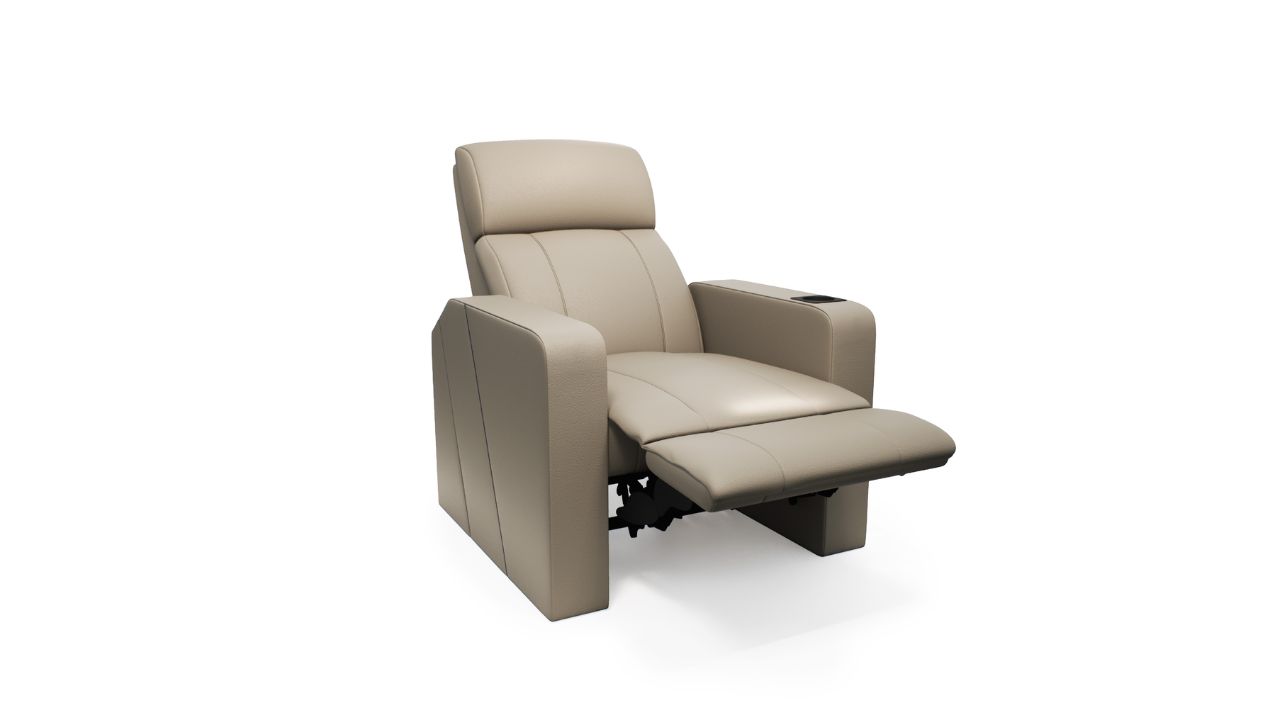
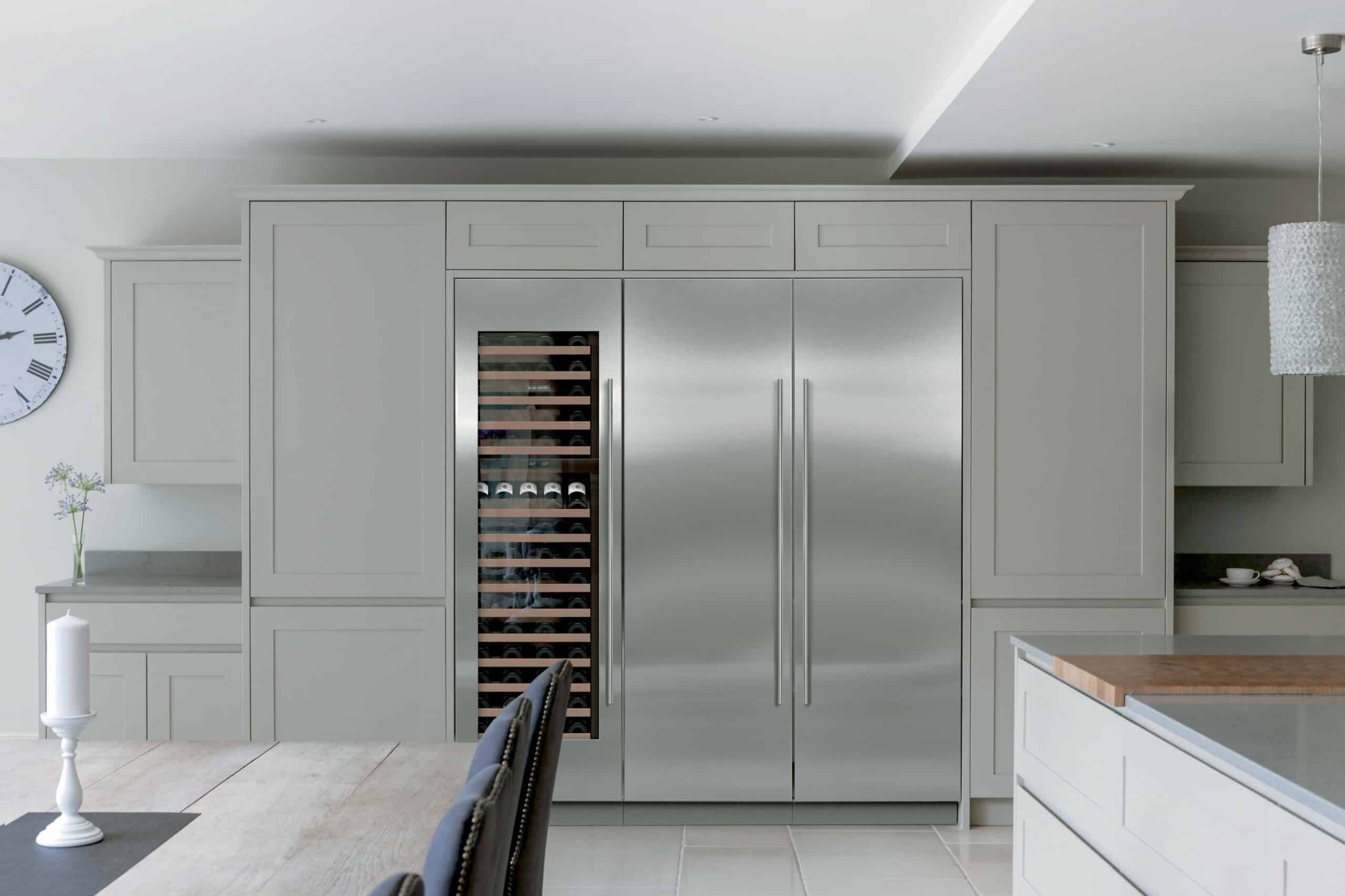
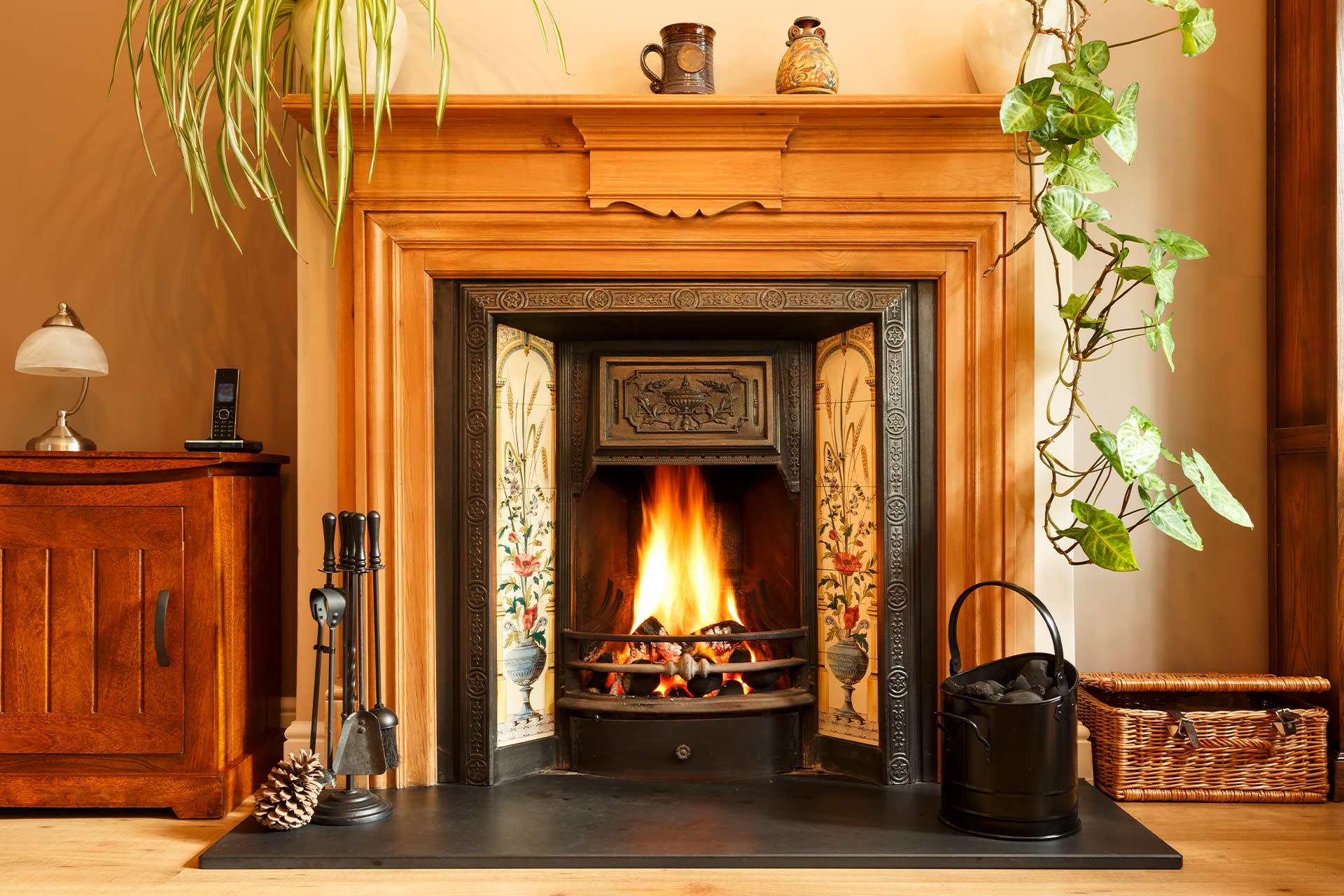
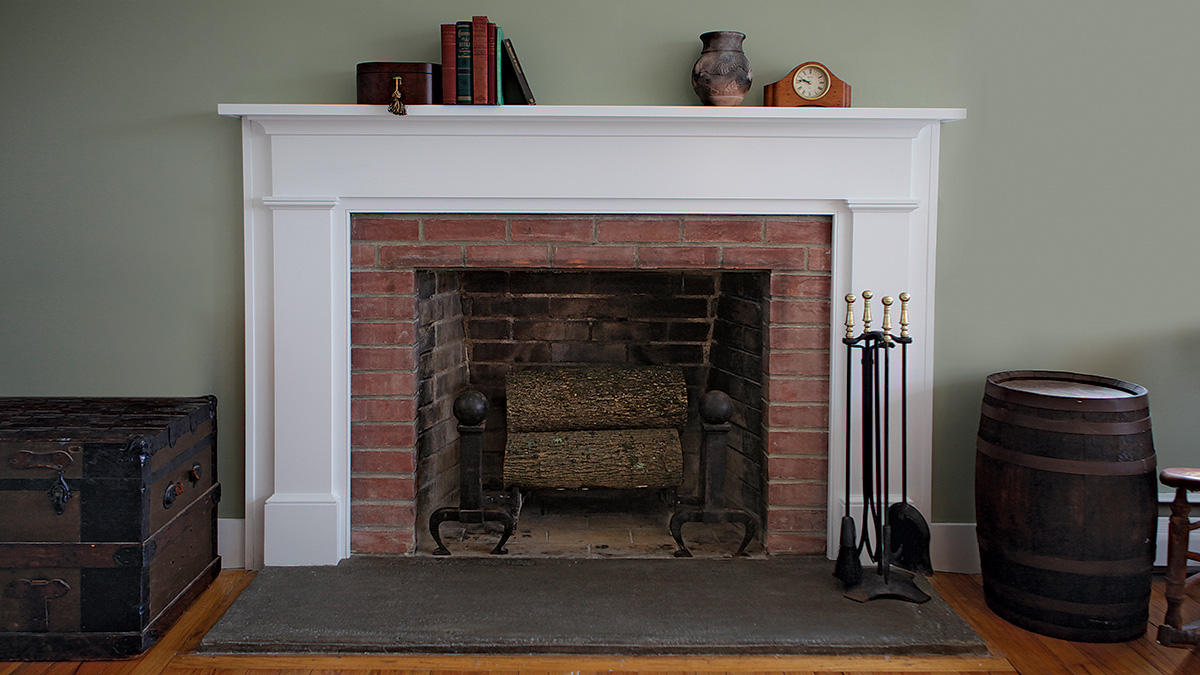
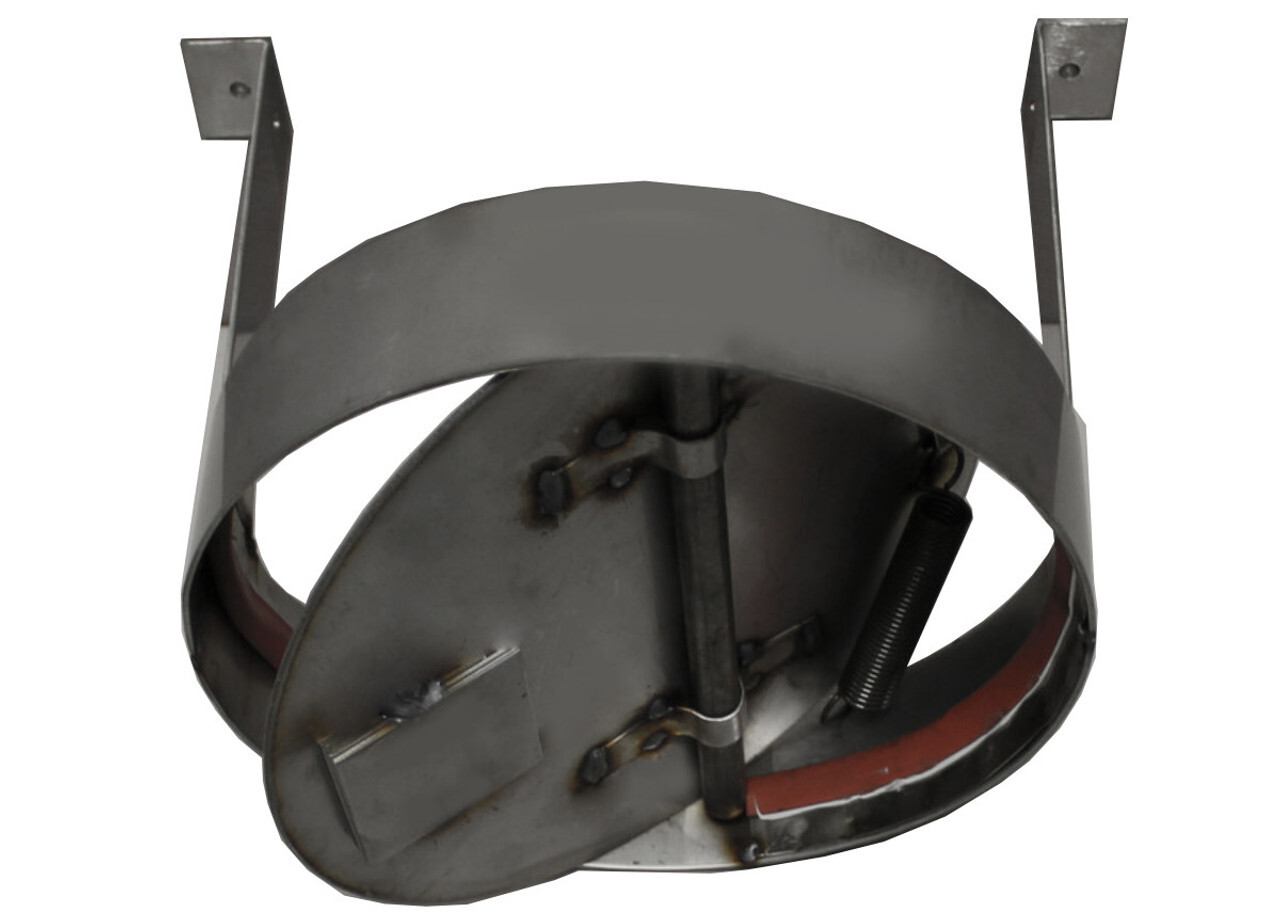

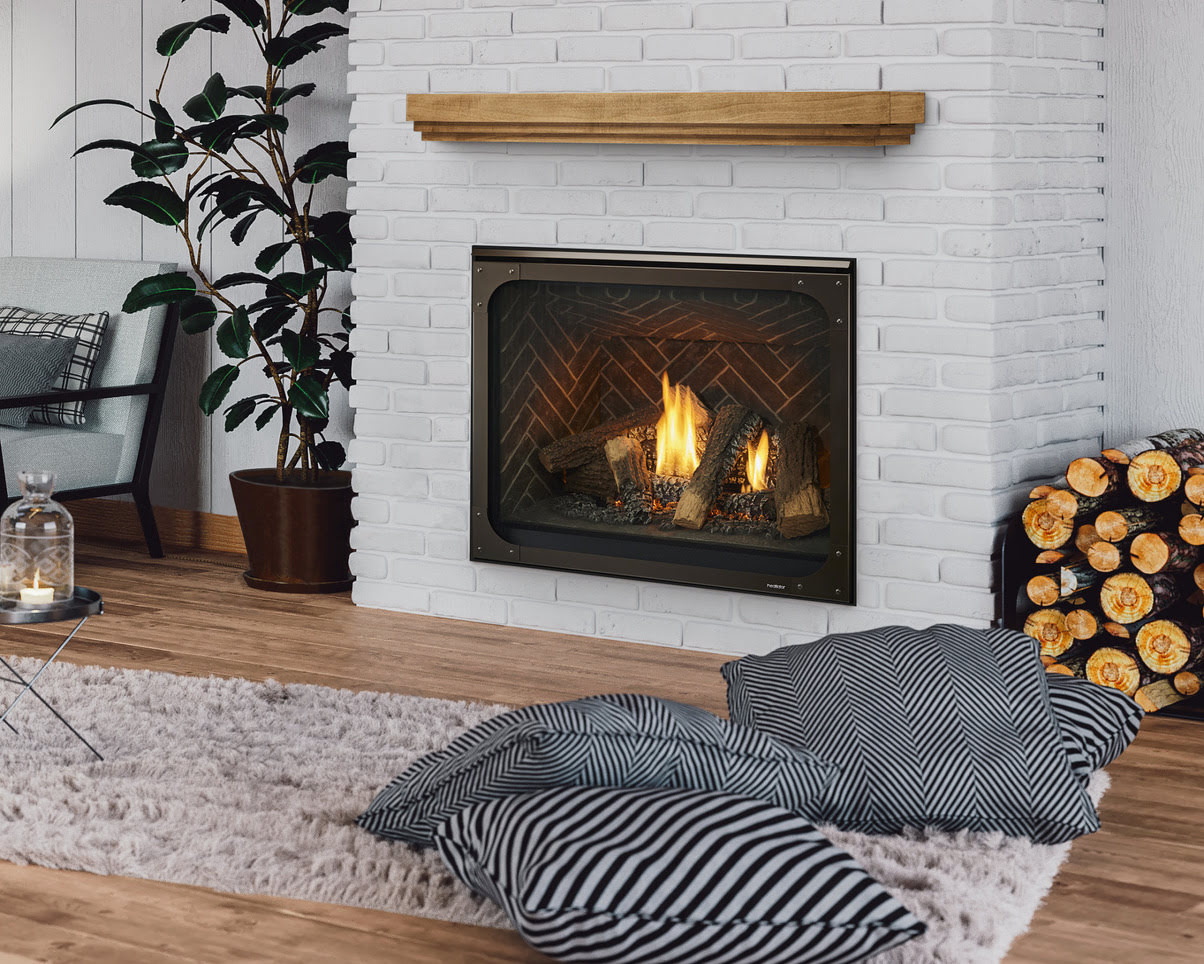
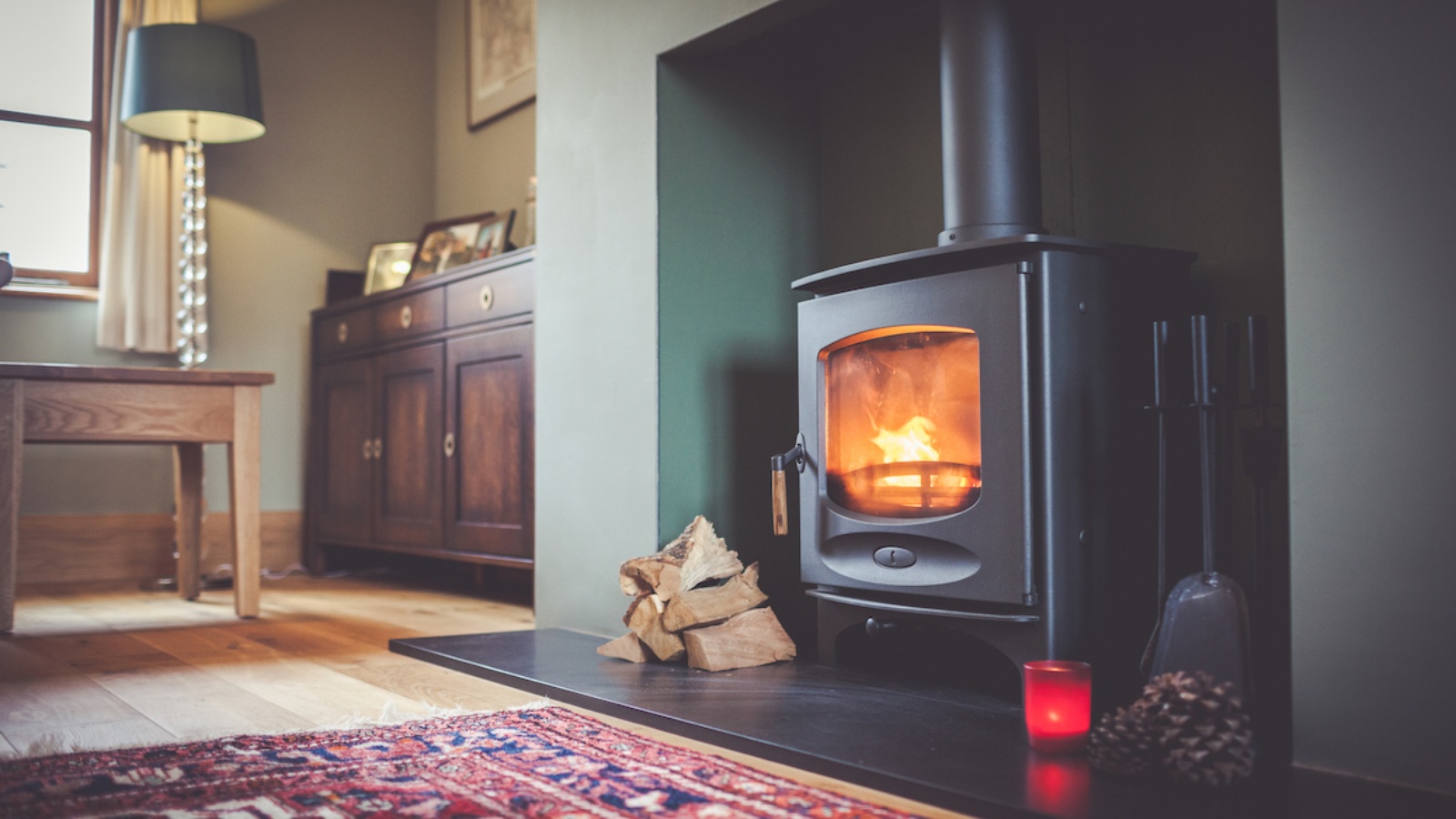

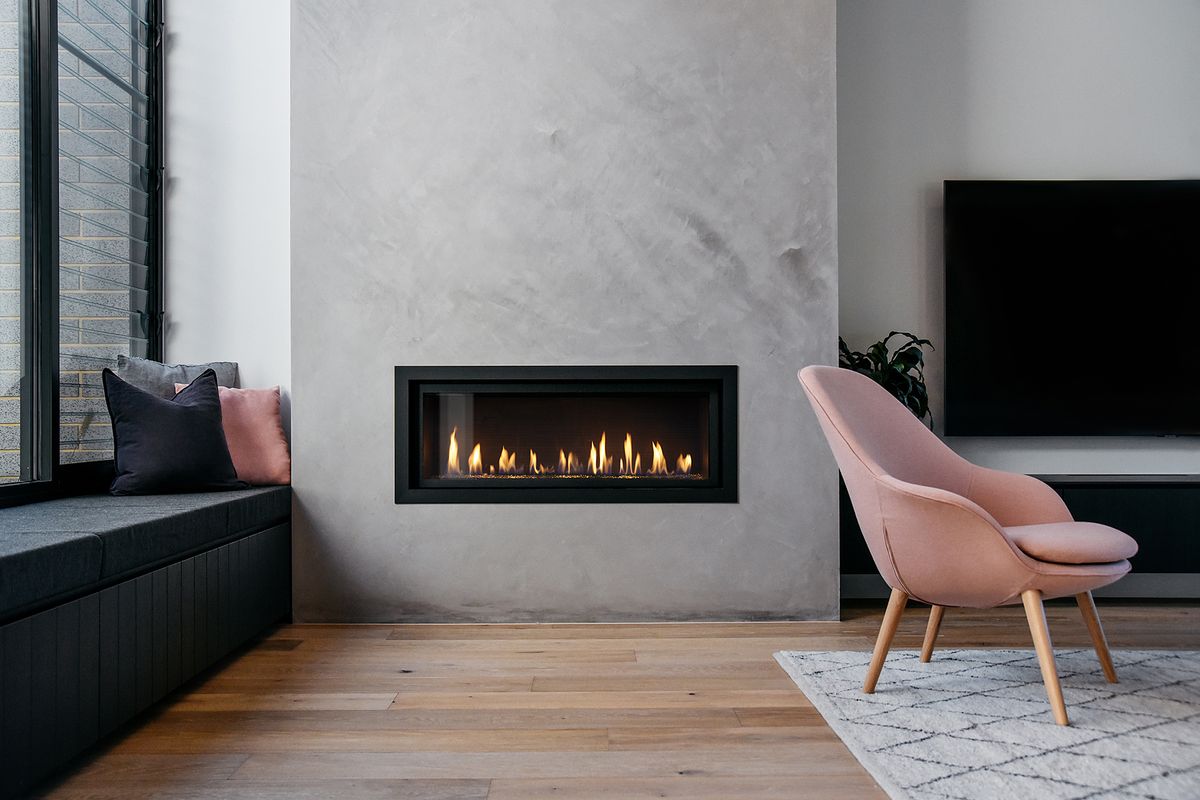
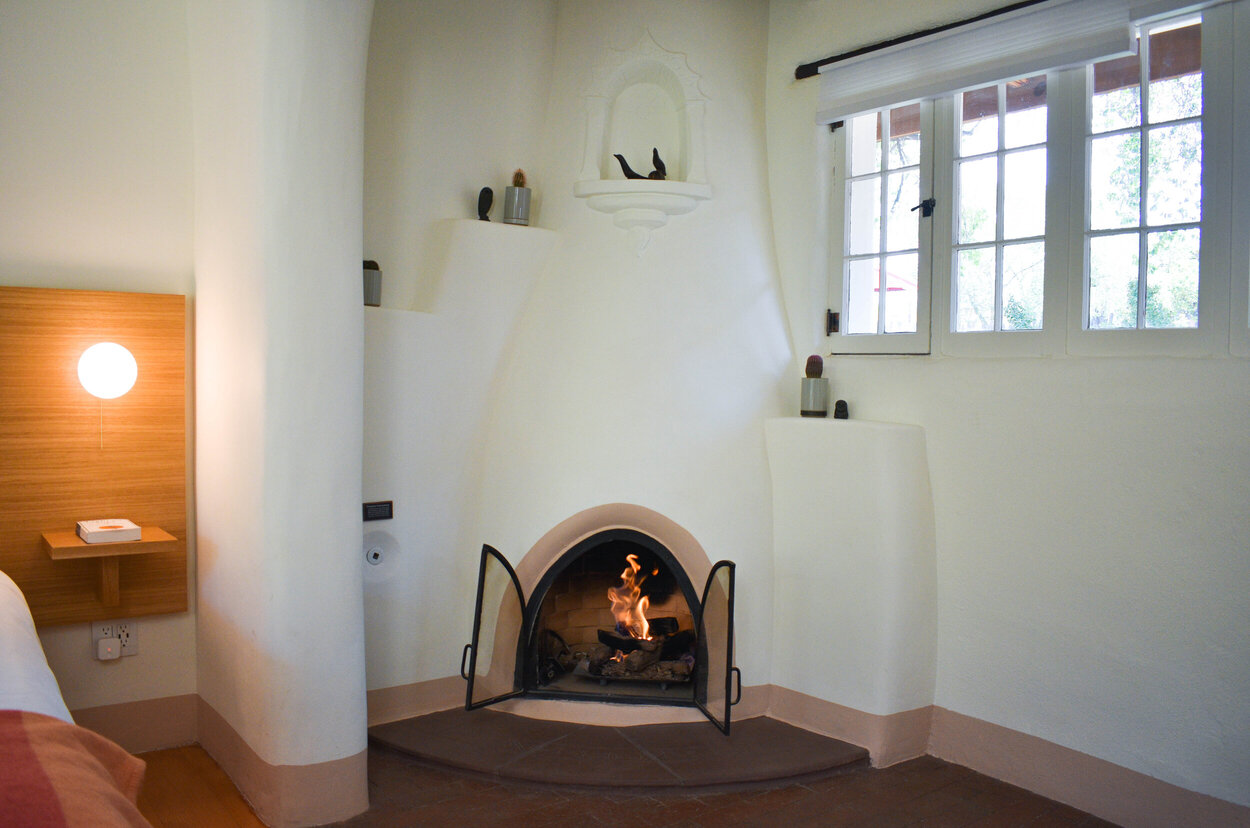
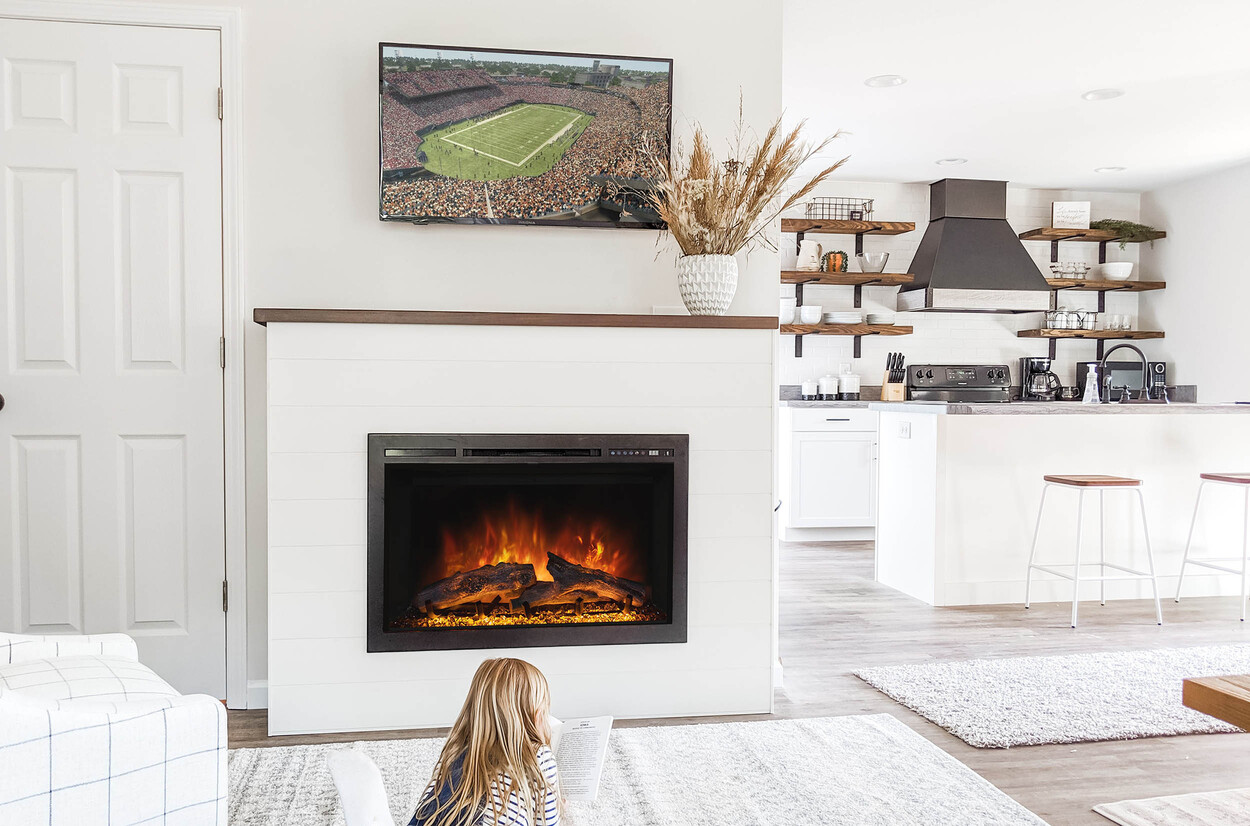

0 thoughts on “What Is Zero Clearance Fireplace”